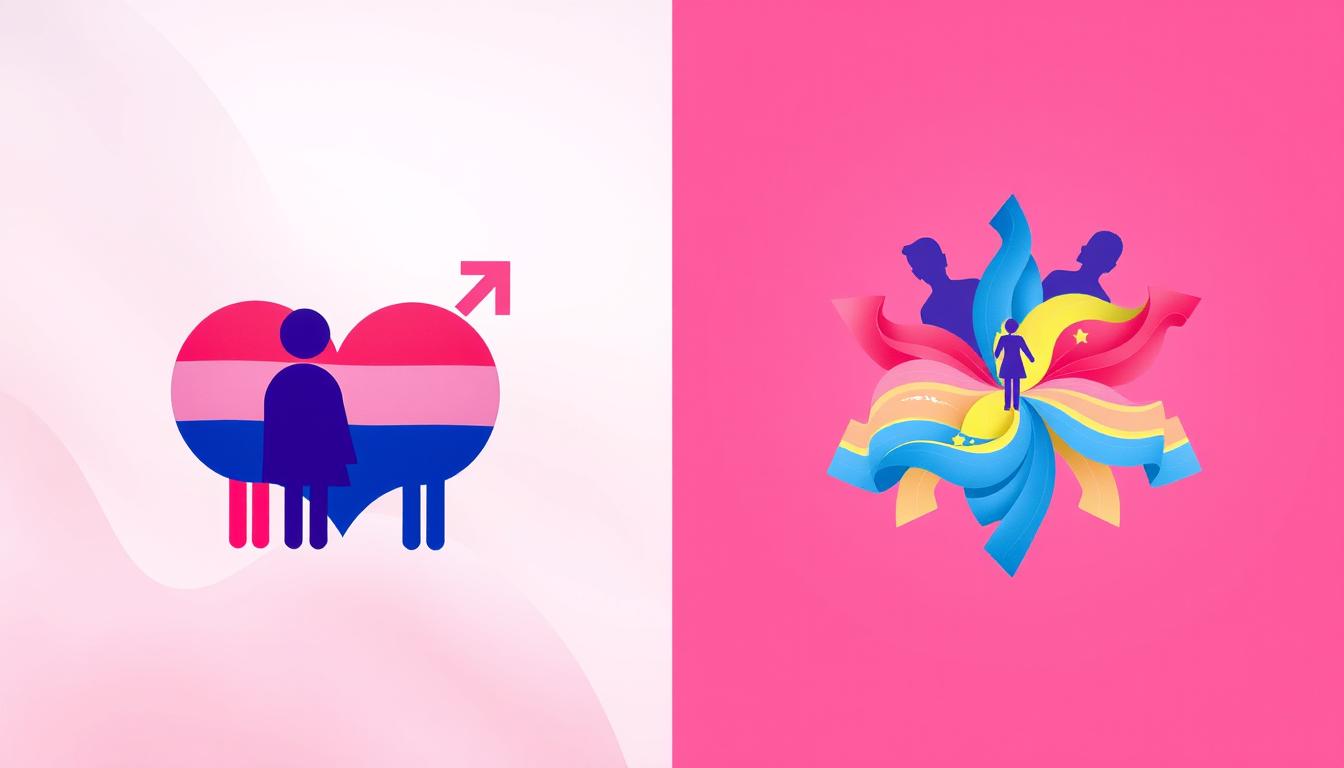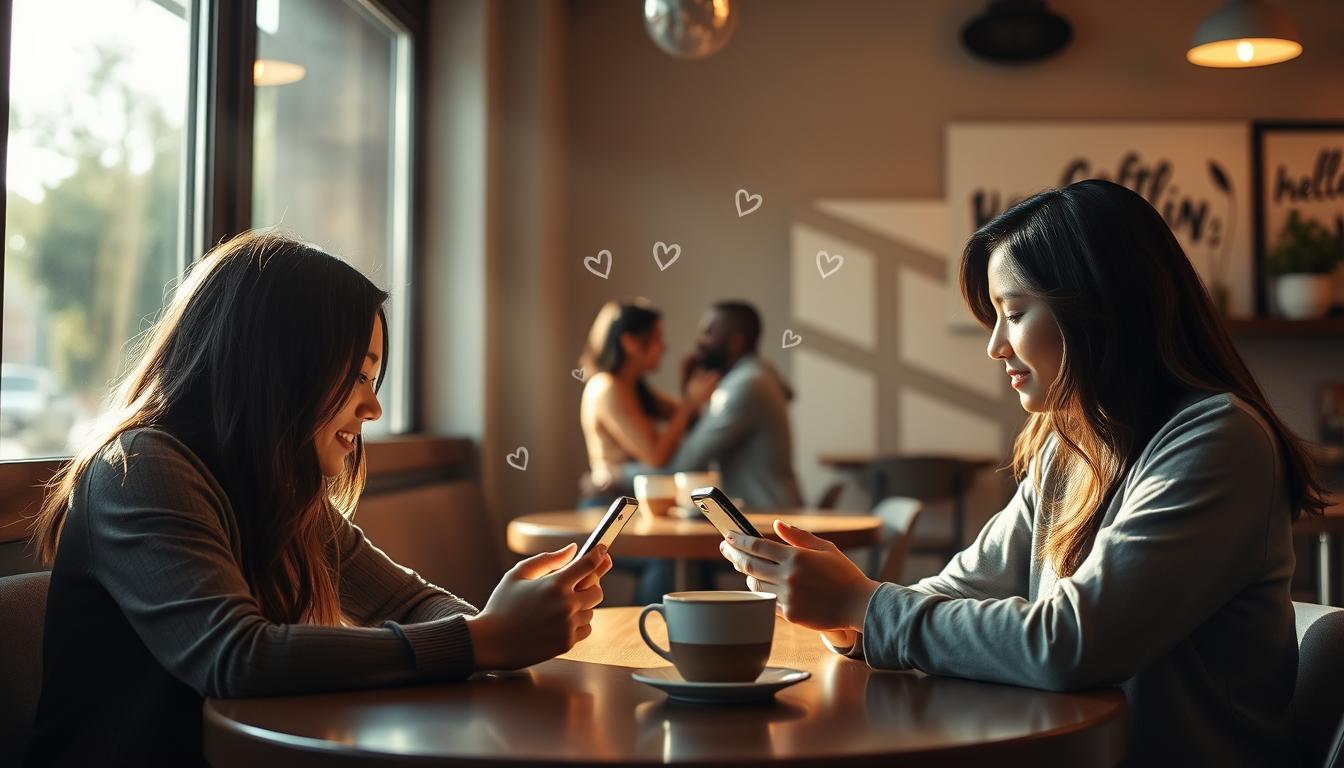Understanding the nuances of your own identity can be empowering and challenging. You may have found yourself questioning your feelings about the people around you. Or perhaps you’ve seen someone close to you navigating these complex emotions. When discussing sexual orientation, terms like bisexuality and pansexuality come up, causing both curiosity and confusion. Knowing the key differences between these identities is vital. It’s not just for your own understanding, but also to promote inclusivity within the LGBTQ+ community. As we explore these distinctions, remember that discovering your identity is a unique journey. It’s perfectly okay to seek clarity and connection along your path.
Key Takeaways
- Bisexuality involves attraction to two or more genders.
- Pansexuality signifies attraction to all genders, often based on personality rather than gender identity.
- Understanding these identities enhances inclusivity within the LGBTQ+ community.
- There are diverse experiences and definitions associated with both bisexuality and pansexuality.
- The evolution of one’s sexual identity reflects the fluidity inherent in personal attraction.
- Engaging with these terms can provide validation and acknowledgment for individuals navigating their identities.
Understanding Sexual Orientation
Sexual orientation is a key part of who you are. It shows whom you feel drawn to. This goes beyond simple categories, letting you choose based on what you feel. Many people see themselves as part of the LGBTQ+ community. This shows the rich variety of who we can love.
About 2-3% of adults in the U.S. say they’re bisexual. Around 1% say they’re pansexual. This shows there are many ways people understand their own attractions. For some, being bisexual means liking more than one gender. For others, pansexuality means feeling a connection to anyone, no matter their gender.
Knowing about sexual orientations helps us see the diversity in love and connections. Sadly, 40% of bisexual people face negativity because of who they love. This stigma makes some feel left out, even within the LGBTQ+ community.
- About 57% of bisexual individuals feel the term “bisexual” is misunderstood.
- Approximately 70% of pansexual individuals express feeling free to connect with various genders.
- Roughly 30% of bisexual individuals engage in polyamorous relationships.
People often like one gender more than others. Also, who we like can change over time. This shows our feelings can develop. Some think being bi or pan is just a phase. But research says these feelings are true and can last.
People usually start to understand their attractions in their teenage years. This is an important time for learning about love. Today, more young people feel okay saying they’re bi or pan. This shows how our understanding of love is changing.
Defining Bisexuality
Understanding bisexuality is more than just knowing it means liking two or more genders. It’s about seeing a wide range of attractions. People who are bisexual connect with men, women, and those who are nonbinary or gender-fluid. This shows that bisexuality includes everyone, no matter their gender.
Some people feel a connection to both bisexual and pansexual labels. They choose what feels right for them based on their feelings.
What It Means to Be Bisexual
Being bisexual means a person can find multiple genders attractive. It’s not just about male or female. Instead, it’s about being open to all kinds of love. Studies have shown that bisexual folks might like different genders in different ways. It often depends on the person, not just their gender.
Bisexuality is for everyone, including cis and trans people. It’s a welcoming space for all.
Common Misconceptions About Bisexuality
Many people don’t fully understand bisexuality, leading to common myths. One big myth is thinking being bisexual is just a phase. That’s not true. Bisexuality is a real and valid way that people feel.
Another wrong idea is that bisexual people can’t have serious relationships. That’s not right either. Bisexual people have meaningful connections, just like anyone else. Understanding bisexuality more can help us see this truth.
Even though society is getting better at understanding bisexual folks, problems like bi-erasure still happen. This means bisexual people often have to keep explaining who they are. It’s important we listen and learn.

Defining Pansexuality
Pansexuality is a unique kind of attraction that isn’t limited by traditional gender identities. The definition includes romantic, emotional, and sexual feelings for people of any gender. At its heart, pansexuality focuses on the person, not their gender.
What It Means to Be Pansexual
Pansexual people often don’t consider gender when feeling attracted to someone. This is different from bisexuality, which involves attraction to two or more genders. Pansexuality is all about love without limits.
Some folks might prefer the term polysensual, which means liking many but not all genders. Still, pansexuality stands out for its complete acceptance of all gender identities.
The Inclusivity of Attraction in Pansexuality
Inclusivity is key for those who identify as pansexual. They embrace all gender identities, even those beyond the male-female binary. In a world full of stereotypes, pansexuals can love anyone deeply, regardless of gender.
The idea “Hearts, not parts” captures their approach. It means that what’s inside counts more than physical traits. Pansexual people might want a committed relationship just like anyone else.
The visibility and understanding of pansexuality are growing. Many pansexuals work hard to promote awareness within the LGBTQ+ community. This effort helps everyone grasp the difference between pansexuality and other identities while fostering inclusivity.
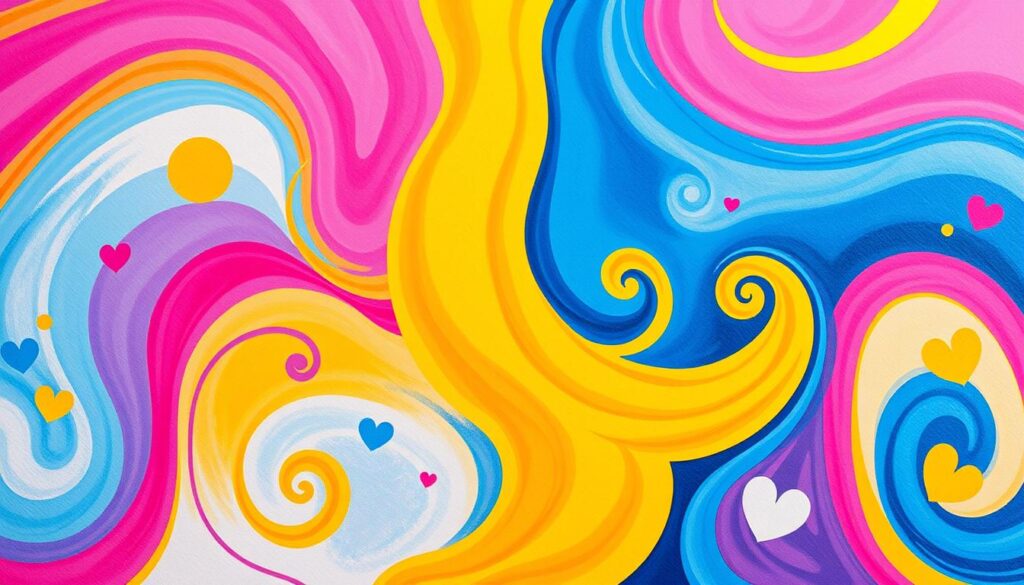
Comparing Bisexuality and Pansexuality
Exploring bisexuality and pansexuality shows the subtle differences in how people experience attraction. Bisexuality usually means finding multiple genders attractive. Meanwhile, pansexuality disregards gender in attraction altogether. This makes understanding attraction and identity more fluid.
Attraction Across Genders
Bisexual and pansexual people are attracted to many genders. But they identify in different ways. Bisexuality is often linked to the traditional view of being attracted to men and women.
However, today’s view of bisexuality includes attraction to transgender, nonbinary, and more identities. Many people who are bisexual label themselves as “bi+” to show that their attraction is not limited.
Personal Preferences in Attraction
People who are bisexual or pansexual have varied attractions. Their feelings, connections, and what they find attractive make their identities unique. Pansexuals often view their attraction as beyond gender categories.
This widens the understanding of what attraction can be. The idea of attraction being subjective is key in understanding bisexuality and pansexuality. Both show that there’s no one way to define someone’s identity.
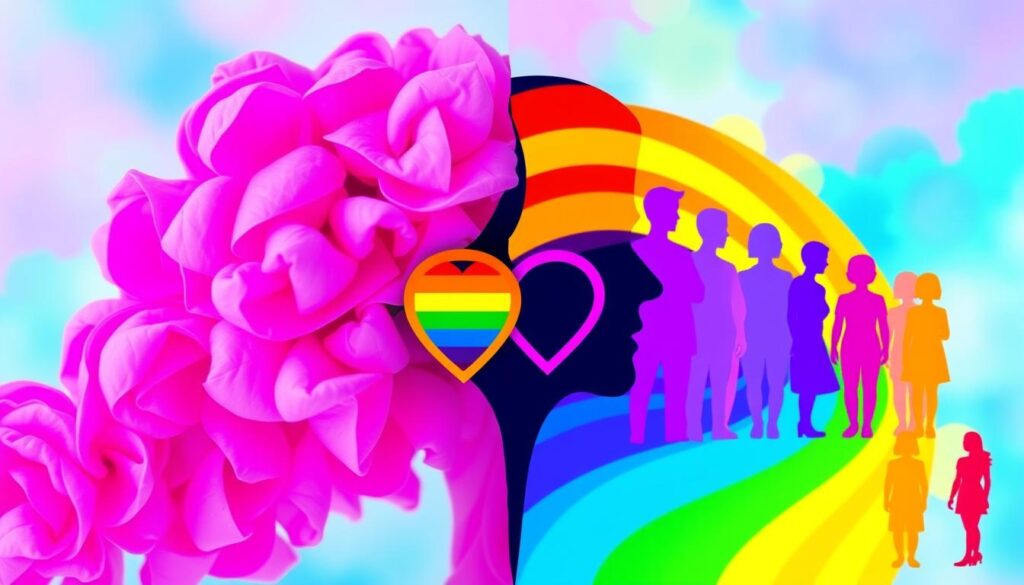
| Aspect | Bisexuality | Pansexuality |
|---|---|---|
| Definition | Attraction to two or more genders | Attraction regardless of gender |
| Gender Inclusivity | Traditionally seen as male and female | Emphasizes a broader spectrum of attraction |
| Common Misconceptions | Only for cisgender individuals | Often misunderstood as being attracted to everyone |
| Self-identification | Many embrace “bi+” for inclusivity | Often seen as separate from bisexuality |
Differences Between Bisexuality and Pansexuality
Understanding bisexuality and pansexuality shows how gender inclusivity shapes identities. Bisexuality often means attraction to two or more genders. It tends to focus on specific genders. Pansexuality, however, is about openness to all gender identities. This makes the pansexual community more inclusive.
Gender Inclusivity
Gender inclusivity is key in bisexuality and pansexuality. Bisexuals may feel attraction mainly toward men and women. This shows a certain focus on gender. On the other hand, pansexuals go beyond such limits. They feel attraction to people, no matter their gender. They see a whole spectrum of identities.
Many pansexuals say their attraction is based on personality, not gender. This view opens up the conversation on sexual orientation. It shows why understanding both identities matters.
Common Misunderstandings About Both Identities
Some misunderstandings cloud views on bisexuality and pansexuality. Some think bisexuality is outdated. They believe it doesn’t fit modern experiences. Others see pansexuality as just a trend, missing its true meaning. These views often overlook the varied experiences in the LGBTQ+ community. As more people learn and accept inclusivity, recognizing both identities grows in importance.
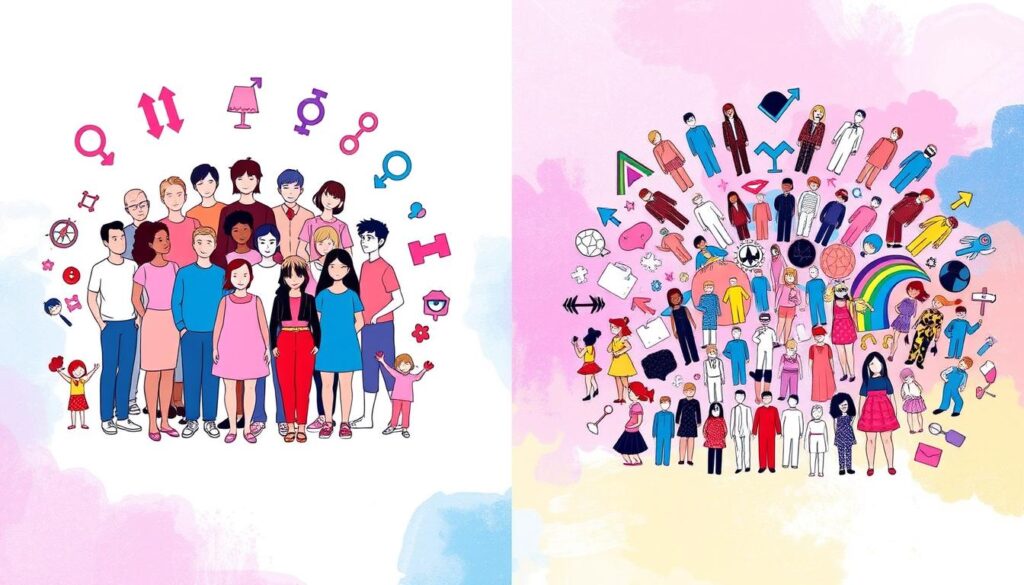
| Aspect | Bisexuality | Pansexuality |
|---|---|---|
| Definition | Attraction to two or more genders | Attraction to all genders |
| Gender Focus | Specific genders (often men and women) | No gender limitations |
| Attraction Factors | Includes gender as a factor | Primarily personality and emotional connection |
| Misconceptions | Believed to be limited or outdated | Considered a trend or fad |
| Community Representation | A significant portion of LGBTQ+ community | Growing acknowledgment and identification |
Exploring Gender Spectrum
The gender spectrum goes beyond just male or female. It includes transgender, non-binary, and gender-fluid people. This idea helps us understand LGBTQ+ identities better, showing that gender can be seen in many ways.
As we learn more about the gender spectrum, we delve into various identities. People who are bisexual or pansexual might feel differently about who they’re attracted to. This depends on their own view of gender. Before, bisexuality was thought to be just about liking men and women. This view didn’t consider non-binary people. But pansexuality is different. It’s about being attracted to people of any gender, which is more inclusive.
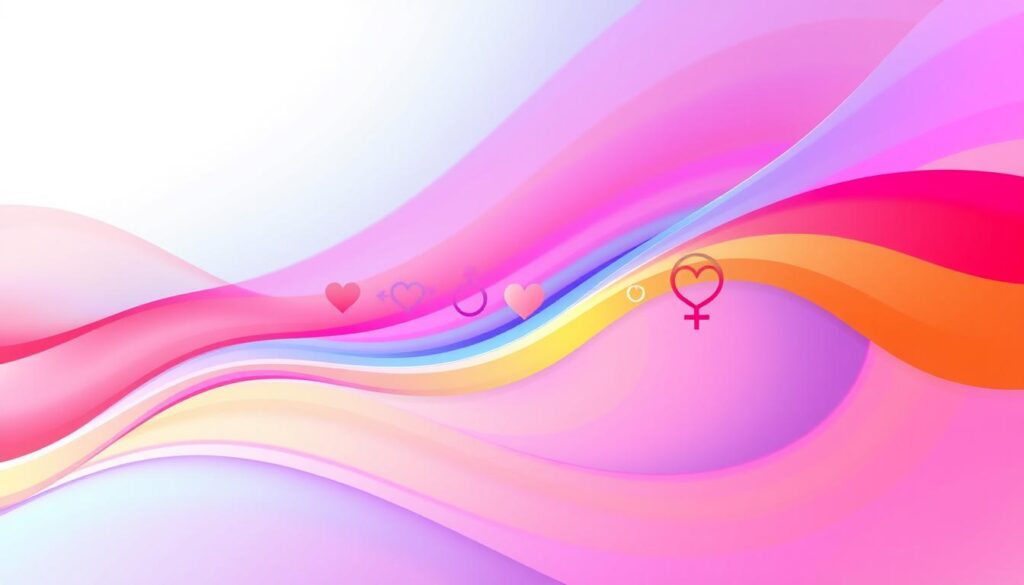
Talking openly about gender can help us understand each other better. Discussing the gender spectrum can lead to more respectful and informed conversations. It helps recognize the diverse experiences people have within the LGBTQ+ community.
Understanding that gender is fluid is important. It helps us see sexual orientation in a broader way. This viewpoint helps break down stereotypes about bisexual and pansexual people. Some think they’re unsure or confused about who they like. A spectrum view encourages us to respect everyone’s personal experiences.
Common Misconceptions about Bisexuality
Bisexuality is often misunderstood, shaded by society’s norms. These misconceptions blur the reality of what it means to be bisexual. It’s key to clear up these errors. This way, we can truly understand bisexuality as a real and valid way of living.
Is Bisexuality Just a Phase?
Many think bisexuality is just a temporary state. They believe it’s something one passes through on the way to being straight or gay. Yet, studies show 6-10% of Americans identify as bisexual. This proves bisexuality isn’t just a phase but a lasting identity.
Bisexuality, like all sexual orientations, may evolve over time. However, it’s not something people just get over. Many are proud to call themselves bisexual all their life.
Attraction to Trans and Nonbinary Individuals
Some believe bisexuality is only about liking cisgender men and women. Yet, the truth is, bisexuality embraces a wide array of identities. This includes being attracted to trans and nonbinary people.
Around 25% of bisexual people say they’re non-binary. Surveys show 62% of bisexuals are open to being with transgender people. This shows bisexuality’s inclusive nature. It’s important to see how bisexuality spans a wide range of attractions.
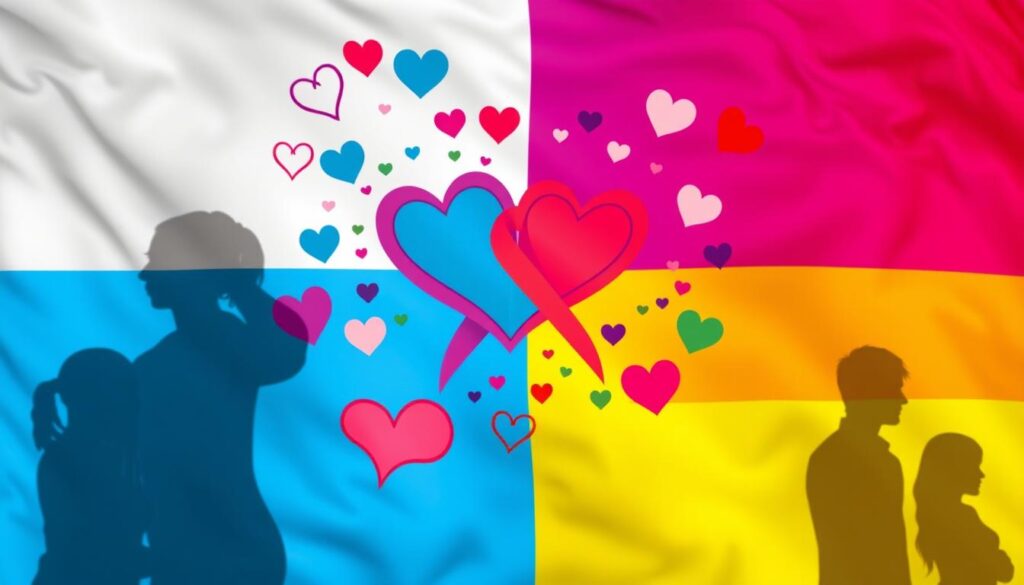
Common Misconceptions about Pansexuality
Understanding pansexuality means we have to clear up some wrong ideas. A lot of people think pansexuals are attracted to everyone. This isn’t true. Attraction is different for each person. Pansexuality is about being open to all genders, but it doesn’t mean someone likes everybody.
Are All Pansexual People Attracted to Everyone?
Some believe pansexuality means liking everyone. This view is too simple. Pansexuality is about the ability to love anyone, regardless of their gender. Everyone has their own types and connections. So, no, not all pansexuals are attracted to everyone they meet.
Is Pansexuality a Fad?
There’s a myth that pansexuality is just a modern trend. This isn’t true. Pansexuality has been recognized for a long time, with definitions dating back to the 1900s. Surveys show most people today accept pansexuality more. This shows it’s not just a phase but a real sexual orientation.

Even with these myths, pansexual visibility is growing. This helps improve mental health in the LGBTQ+ community. It makes people feel like they belong. Education and talking openly can help fight these myths. They help create a world that values all sexual identities.
Intersectionality in Sexual Orientation
Exploring intersectionality in sexual orientation helps us understand individuals better. It shows how race, ethnicity, and gender identity shape experiences of bisexual and pansexual people. By looking at it closely, we learn that each identity is connected and affects life in the LGBTQ+ community.
One study found a big difference in the rates of considering suicide. 43% of gay, lesbian, or bisexual students thought about suicide, compared to 15% of their heterosexual friends. This shows the big role intersectionality plays, especially when we think about race and money.

Transgender and gender-diverse youth tried suicide at a rate of 31%, but only 7% of non-TGD youth did. These numbers show the hard challenges these groups face. Issues like emotional pain and bullying have a big impact on their mental health.
About half of transgender youth also see themselves as lesbian, gay, or bisexual. Health issues are different for bisexual youth compared to gay and lesbian youth. This shows the complex layers within these communities. It tells us we need specific ways to help each group.
| Identity Group | Suicide Consideration Rate (%) | Bullying Victimization Rate |
|---|---|---|
| Gay, Lesbian, or Bisexual Students | 43 | High |
| Transgender and Gender-Diverse Youth | 31 | High |
| Non-TGD Youth | 15 | Lower |
Public policy changes and more visibility in media have made sexual orientation a big topic. Yet TGD people often face many challenges. Understanding how different identities overlap helps everyone. It leads to better conversations and stronger support for people figuring out their sexual orientation.
How Sexual Fluidity Affects Identity
Sexual fluidity offers a broad view of how we see ourselves. It shows that who we’re drawn to can change. This is normal and part of life’s journey. It paints a clearer picture of bisexuality and pansexuality, showing they’re fluid.
Changing Identifications Over Time
As life moves on, what we find attractive can shift. This fluidity leads to discovering more about who we are. Your identity might include being bisexual or pansexual, depending on life’s moments. For example, you might first see yourself as bisexual. Later, you might feel pansexuality describes you better. Being open to changing how you see yourself helps everyone feel included.
Experiencing Attraction at Different Life Stages
Your path might weave through different social settings and personal growth stages. Attraction can appear in many ways, based on where you are in life. You might lean more towards bisexuality at one point and pansexuality at another. These shifts, driven by relationships, culture, and self-growth, are important. They show a deep understanding of sexual orientation’s complexity.
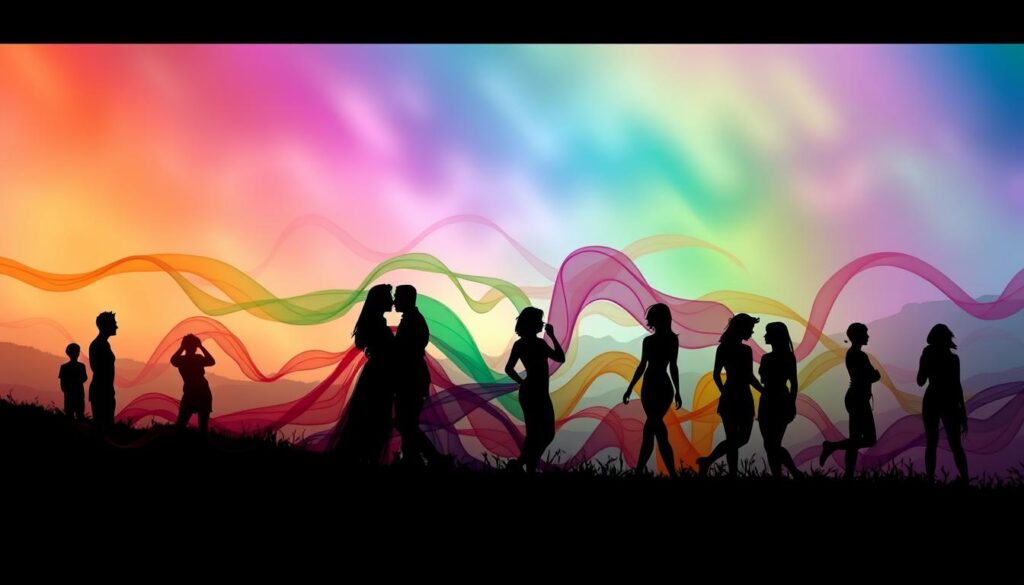
| Life Stage | Common Identifications | Attraction Patterns |
|---|---|---|
| Adolescence | Exploring bisexuality | Fluid attractions towards multiple genders |
| Young Adulthood | Identifying as pansexual | Inclusive attraction without gender constraints |
| Middle Age | Shifting to queer or bisexual | Reflections on past relationships; re-evaluating attraction |
| Later Life | Any identity | Embracing diverse experiences and attractions over time |
Supporting the LGBTQ+ Community
Supporting the LGBTQ+ community shows how key inclusivity and acceptance are. To be an ally is to defend the rights of individuals of all sexual orientations. This ensures they feel valued and understood. LGBTQ+ support has many forms. It might mean actively listening to others or fighting for policy changes to protect their rights.
Being active in your community can help make it more accepting. Joining LGBTQ+ rights organizations lets you make a real difference. By volunteering, learning, and going to events, you show your support for inclusivity.
Knowing about different sexual orientations can break down wrong beliefs. Often, people mix up bisexual and pansexual identities, causing division. Understanding the unique stories within the LGBTQ+ community can improve conversations and respect. It’s important to talk about shared experiences and grow understanding.

- Participate in local pride events to show solidarity.
- Educate yourself and others about LGBTQ+ history and issues.
- Advocate for policies that promote equality and non-discrimination.
- Donate to organizations that provide vital programs and resources.
- Use inclusive language and correct assumptions about individuals’ identities.
Connecting deeply with the LGBTQ+ community means showing empathy, respect, and always learning. Hearing personal stories from diverse individuals can open eyes and spark important discussions. It’s critical to ensure spaces are welcoming and supportive for all.
| Support Activity | Impact |
|---|---|
| Attending Pride Events | Fosters community visibility and solidarity. |
| Volunteering | Directly helps organizations supporting LGBTQ+ individuals. |
| Education and Awareness | Reduces stereotypes and misconceptions within society. |
| Advocacy Efforts | Promotes policy changes that ensure equal rights. |
Taking meaningful actions shows a commitment to inclusivity and the good of the whole LGBTQ+ community. Every effort matters, and what you do can bring about change nearby.
Broader Context of Sexual Orientation Understanding
Exploring sexual orientation means looking at history and culture. Over time, views on bisexuality and pansexuality have changed, showing how society evolves. Movements for LGBTQ+ rights have shaped these identities. The words we use keep changing, showing how our understanding and acceptance grow.
Historical Perspectives
The history of bisexuality and pansexuality is marked with key events. The Bisexual Manifesto of 1990 was a major step. It let the bisexual community define itself and push for acceptance. Before 1973, calling homosexuality a mental disorder affected how people saw sexual orientation.
In the 1970s, “pansexual” became known, aligning with the LGBTQ+ rights movement. It meant attraction to all genders, going beyond old views. The meaning of bisexuality has also changed. It used to mean attraction to men and women only. Now, it includes attraction to non-binary and trans identities. This shift shows society’s changing standards and the importance of staying current with LGBTQ+ understandings.
Cultural Differences in Identifying Sexual Orientation
Culture affects how we see and express sexual orientation. Indigenous cultures recognized multiple gender identities long before European influence. This shows that acceptance and how people identify can vary widely around the world.
Today, discussions on platforms like Tumblr show that these identities are seen as flexible. Celebrities promote this view, giving people confidence to be themselves. Many bisexuals now say their identity doesn’t fit just two genders. They share some views with pansexuals. This highlights how sexual orientation is a part of cultural richness.
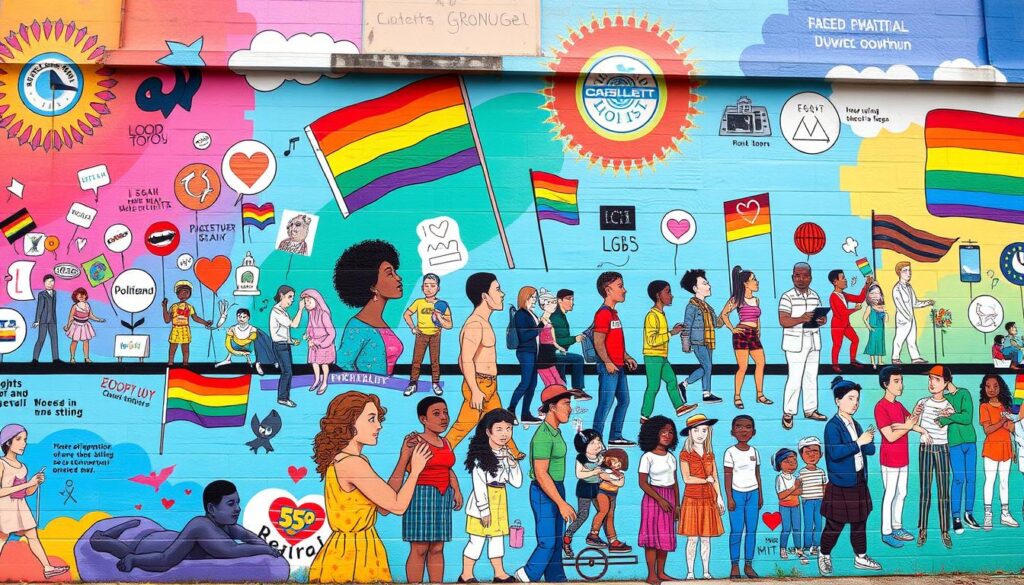
Conclusion
It’s important to know the difference between bisexuality and pansexuality. Bisexuality means being attracted to more than one gender. Pansexuality goes further, connecting with people beyond gender identity. These orientations show how diverse sexual identities can be in the LGBTQ+ community.
Exploring sexual orientation, we see bisexual and pansexual individuals support freedom rights. Yet, they face challenges like biphobia and disagreements within their community. About 30% of bisexuals have felt biphobia from pansexuals. And nearly 40% of pansexuals have experienced the same from bisexuals. This issue calls for more understanding and support.
We should strive to create a welcoming space for all sexual orientations. As we talk more about bisexuality and pansexuality, acceptance grows in the LGBTQ+ community. Every discussion is a step towards a more inclusive future.

